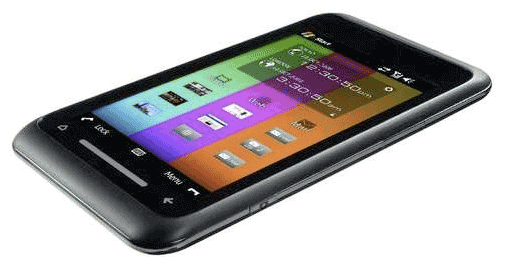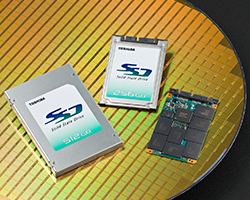 The Open Handset Alliance–the organization responsible for Google’s Android open-source mobile operating system–has rallied more companies into its camp, significantly increasing the likelihood that there will be an influx of Android-based devices in the near future. C0nsumers will be the big winners: With Apple and RIM battling furiously, the added jolt that an influx of Android-based devices has on the marketplace could inspire even greater innovation.
The Open Handset Alliance–the organization responsible for Google’s Android open-source mobile operating system–has rallied more companies into its camp, significantly increasing the likelihood that there will be an influx of Android-based devices in the near future. C0nsumers will be the big winners: With Apple and RIM battling furiously, the added jolt that an influx of Android-based devices has on the marketplace could inspire even greater innovation.
Today, the alliance announced that 14 more companies had joined its membership rolls, and that those companies would either be manufacturing compatible devices, introducing complementary products and services, or contributing code to the Android open source Project. Google was the founding member of the alliance, and is the primary contributor to Android.
The new members include AKM Semiconductor, ARM, ASUSTek Computer, Atheros Communications, Borqs, Ericsson, Garmin International, Huawei Technologies, Omron Software, Softbank Mobile, Sony Ericsson, Teleca AB, Toshiba and Vodafone. They join a conglomeration of nearly 50 other companies, including carriiers, device manufacturers, and chip makers’s G1, the first phone powered by Android, stacks up well against comparable smart phones and has received reasonably favorable reviews.
More importantly, the G1 is partly credited for driving device maker HTC’s record profits last month. With proven sales appeal and its royalty-free license, other device makers are likely to follow HTC’s lead and adopt Android.
 Wow, two USB drive items:
Wow, two USB drive items:
 I didn’t mention
I didn’t mention 
 Solid state drives are finally moving into capacities that are useful for today’s modern applications. Toshiba said Thursday that it would be introducing a 512 gigabyte 2.5″ SSD at CES 2009 in January. The flagship SSD would be complemented by smaller capacity 64, 128, and 256GB drives available in the company, which would come in sizes of 1.8 and 2.5 inches.
Solid state drives are finally moving into capacities that are useful for today’s modern applications. Toshiba said Thursday that it would be introducing a 512 gigabyte 2.5″ SSD at CES 2009 in January. The flagship SSD would be complemented by smaller capacity 64, 128, and 256GB drives available in the company, which would come in sizes of 1.8 and 2.5 inches. The
The